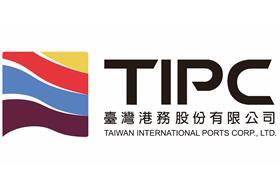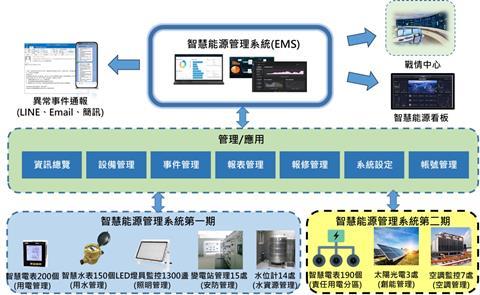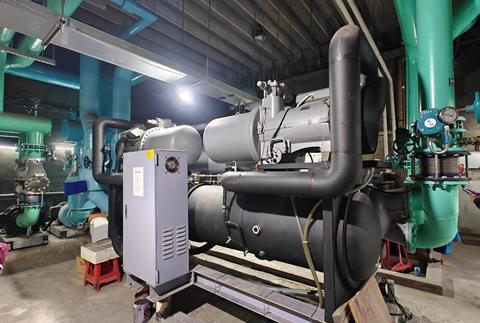Port of Keelung has launched various policies and initiatives in recent years aligned with national “net-zero by 2050” goals.

Following the completion of phase 1 of its energy management system (EMS) project in 2024, this TIPC subsidiary is set to launch phase 2, which will include installing new solar power facilities, removing outmoded central air conditioning systems, and upgrading communications links and software systems at both Port of Keelung and its branch ports of Taipei and Suao. These improvements will help actualize EMS-related smart functions and maximize the impact of EMS on operations across the Port of Keelung subsidiary.
Phase 2 of the EMS project builds on and expands the scope and benefits achieved in Phase 1. Key action items include the installation of an additional 200 smart meters in designated electricity usage zones to facilitate carbon footprint tracking and verification, as well as air-conditioning system replacement and optimization.

With regard to the latter, air-conditioning systems in use for over 15 years at seven locations throughout the subsidiary—including the Port of Keelung Passenger Terminal and Taipei Port Building—will be fully upgraded. These upgrades will utilize near-net-zero (energy rating 1) water-cooled chiller units and high-efficiency pumps. Combined with AI-enabled smart management features, these new systems are expected to reduce power consumption across the subsidiary by 1.2 GWh/year and cut carbon emissions by approximately 569 metric tons per year.
In terms of renewables, this project is also set to install solar power generation stations in three locations within the subsidiary. Once operational, these stations will provide a total capacity of 850KW, generating around 0.71 GWh/year and reducing carbon emissions by approximately 337 metric tons annually.
In the arena of software systems and upgrades, the Port of Keelung is developing AI-based EMS optimization and emerging-energy management systems. It is also improving its AI-driven demand forecasting capabilities and refining modules for facility supervision and control, incident alerts, and power consumption reporting. The goal of these efforts is to establish a comprehensive and flexible smart energy management platform that optimizes power utilization across subsidiary operations.

Procurement evaluations for phase 2 work were completed on May 19th. Contract awardees will commence work this month (June), with all contractual obligations to be finished by the end of 2026. When completed, phase 2 will set the new benchmark for EMS operations in Taiwan. The energy expected to be saved and generated under this project will be equivalent to the combined annual power needs of around 482 households.
Looking ahead, Port of Keelung will continue to integrate advanced new technologies, creating a modern port infrastructure that exemplifies the very best in terms of smart tech, green practices, and sustainable operations, marching in step with national policy priorities into a better net-zero future.
Maintenance Management Dept., Port of Keelung, TIPC
Ming-jen Chi | Director
02-24206335 | s002@twport.com.tw













